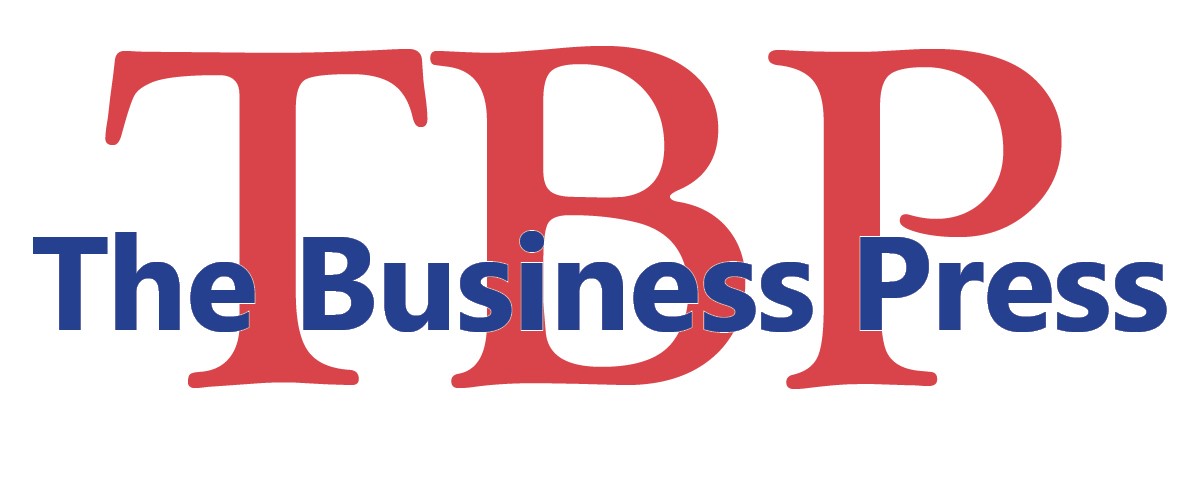Dave McIntyre Special To The Washington Post.
More than two dozen champagnes, exclusive labels from small producers, were on ice. A row of Burgundies was paraded across a table in the next room. Some of the country’s most elite sommeliers crowded around, eager for a taste. The people behind the tables were more than happy to pour for them.
The venue was a hospitality suite at the Texas Sommelier Conference, or TexSom, held this month at the Four Seasons Las Colinas in Irving. In another suite upstairs, some of Washington state’s best cabernets and syrahs were on offer, while Texas wines were flowing freely down the hall.
TexSom started in 2005 as a regional conference for Texas sommeliers and has grown into an international event. Sponsors included the Court of Master Sommeliers, the Wine and Spirits Education Trust and the Society of Wine Educators, each of which holds certification classes and examinations before the conference. The German and Chilean national wine associations, importers, major distributors and individual wineries sponsored seminars, tastings and lunches for conference guests and VIPs. There were even sessions on tea.
With more than 40 master sommeliers attending and presenting seminars, and many more advanced and certified sommeliers assisting as volunteer staffers, TexSom has become a major event for those trying to get their wines before the American consumer via our restaurant arbiters. The conference has a waiting list of more than 40 potential sponsors.
“This is the most important sommelier conference in the world,” says Peter Wasserman of Becky Wasserman and Co., the famed Burgundy and champagne broker based in Beaune, France. Wasserman, whose business card identifies him as “Head of Antimarketing and Sales Prevention” for the company founded by his mother, said his company spent about $25,000 to sponsor TexSom and over the course of two days present its wines to master sommeliers who craft or consult on many of the nation’s most elite restaurant wine lists.
Such an investment doesn’t necessarily pay off in immediate impact on the bottom line. “It’s more to do with building goodwill and making sure these young professionals understand what we do, so they will seek us out in the market,” Wasserman said.
TexSom’s importance reflects the rise of the sommelier in U.S. food and restaurant culture. The conference was founded by James Tidwell and Drew Hendricks, Dallas somms who both have since become master sommeliers, the highest certification of the Court of Master Sommeliers. (There are only 140 masters in North America.) They have also earned the top certification of the Society of Wine Educators.
“People are seeing sommeliers as someone introducing a new experience rather than just selling a bottle of wine,” Tidwell told me during a break at this year’s conference. He cited the glorification of master sommeliers in last year’s movie “Somm” and the decline of the traditional wine critic as arbiter of consumer taste. “If Parker’s waning,” he asked, referring to Robert M. Parker Jr. of the Wine Advocate newsletter, considered the world’s most powerful wine critic, “who do people look to?”
“The replacement for Parker and Laube” — that would be James Laube, California editor of Wine Spectator magazine — “is the sommelier community,” said Larry Stone, another master sommelier, during a roundtable discussion of industry trends.
Throughout the hallways, seminar rooms and hospitality suites of TexSom, red master sommelier pins flashed like so much bling at a Hollywood awards ceremony.
“There’s Fred Dame,” gushed Keith Goldston, the master sommelier in charge of the wine programs at chef Bryan Voltaggio’s restaurants in Washington and Baltimore, as the first American master sommelier stopped to chat during a lunch sponsored by Diageo Chateau & Estate Wines. Andrea Robinson, another master sommelier and multiple James Beard Award winner, also paid her respects.
“Fred and the other early masters are the top of the pantheon, while we mere mortals coming later are waiting to ascend,” quipped Goldston, who earned his red pin in 2001. Yes, TexSom is a bacchanalian frat party on Mount Olympus.
It’s also a way to sell wine. “If I come to Dallas or D.C. on a sales visit, I might be able to visit three or four clients a day,” says Peter Stolpman of Stolpman Vineyards in Santa Barbara County, Calif. “Here, I can put my wine in front of a hundred or more potential clients.”
And influencing the influencers is valuable for producers, importers and distributors. Broadbent Selections, a San Francisco-based importer, has been a TexSom sponsor for the past nine years. The attraction at the beginning was the youth factor — “to get our product in front of these young people at the start of their careers,” says Catherine Miles, Broadbent’s vice president and director of marketing.
Broadbent also participates in the Aspen Food & Wine Festival, the Boston International Wine Expo and Wine Spectator’s annual events, all of which are focused on consumers. But TexSom offers other value for an importer that specializes in rare Madeiras, ports and boutique wines. “To sell those exotic labels such as RdV” — Virginia’s cult Bordeaux blend — “or Chateau Musar from Lebanon, you have to go to the trade,” Miles said.
And at TexSom, the elite of the restaurant wine trade comes together.
—
McIntyre blogs at dmwineline.com.





